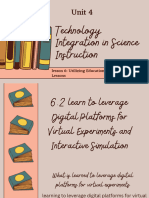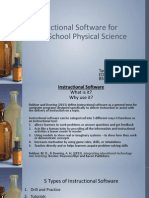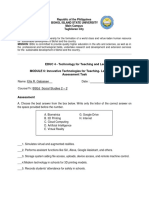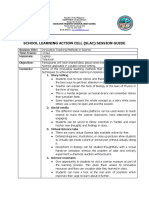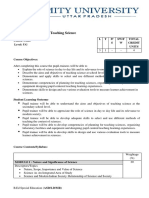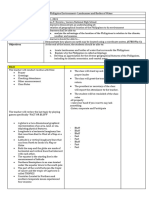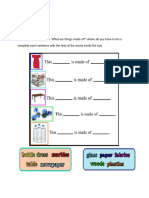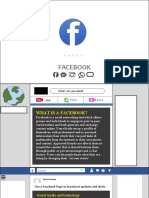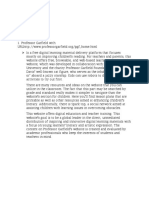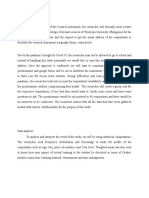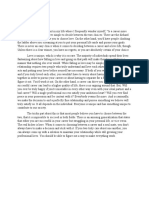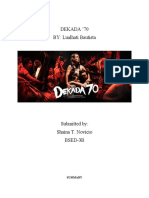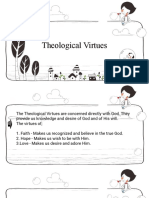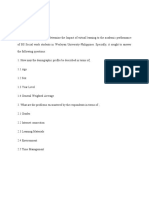0% found this document useful (0 votes)
52 views1 pageActivity 6 - Simulation Guide Questions
Simulations play a crucial role in teaching science by providing interactive environments for students to explore and experiment with complex concepts. The document discusses how simulations can be integrated into science curriculums and lists questions about assessing student understanding when using simulations, overcoming challenges to implementation, comparing simulations to traditional labs, and designing inclusive simulations.
Uploaded by
Shaina NovicioCopyright
© © All Rights Reserved
We take content rights seriously. If you suspect this is your content, claim it here.
Available Formats
Download as DOCX, PDF, TXT or read online on Scribd
0% found this document useful (0 votes)
52 views1 pageActivity 6 - Simulation Guide Questions
Simulations play a crucial role in teaching science by providing interactive environments for students to explore and experiment with complex concepts. The document discusses how simulations can be integrated into science curriculums and lists questions about assessing student understanding when using simulations, overcoming challenges to implementation, comparing simulations to traditional labs, and designing inclusive simulations.
Uploaded by
Shaina NovicioCopyright
© © All Rights Reserved
We take content rights seriously. If you suspect this is your content, claim it here.
Available Formats
Download as DOCX, PDF, TXT or read online on Scribd
/ 1

















